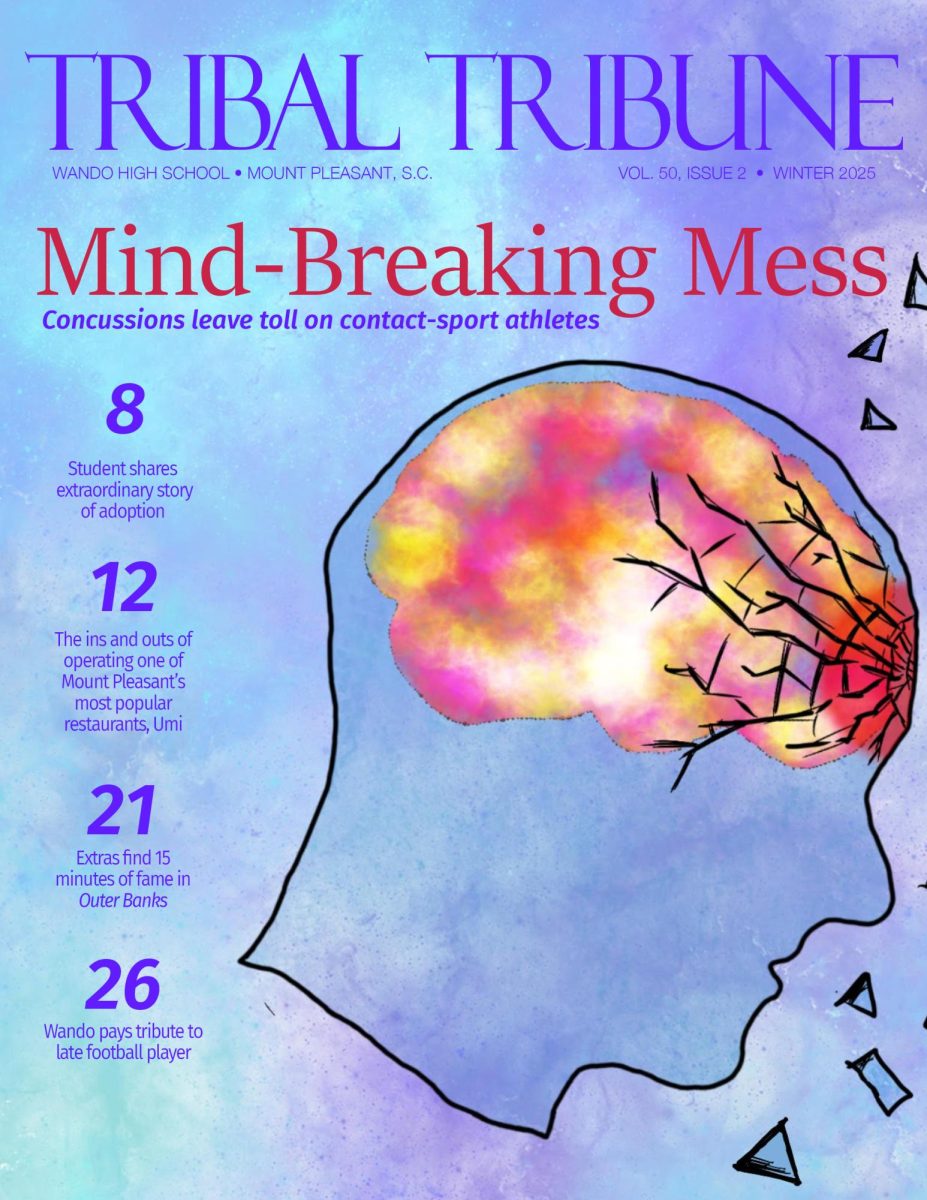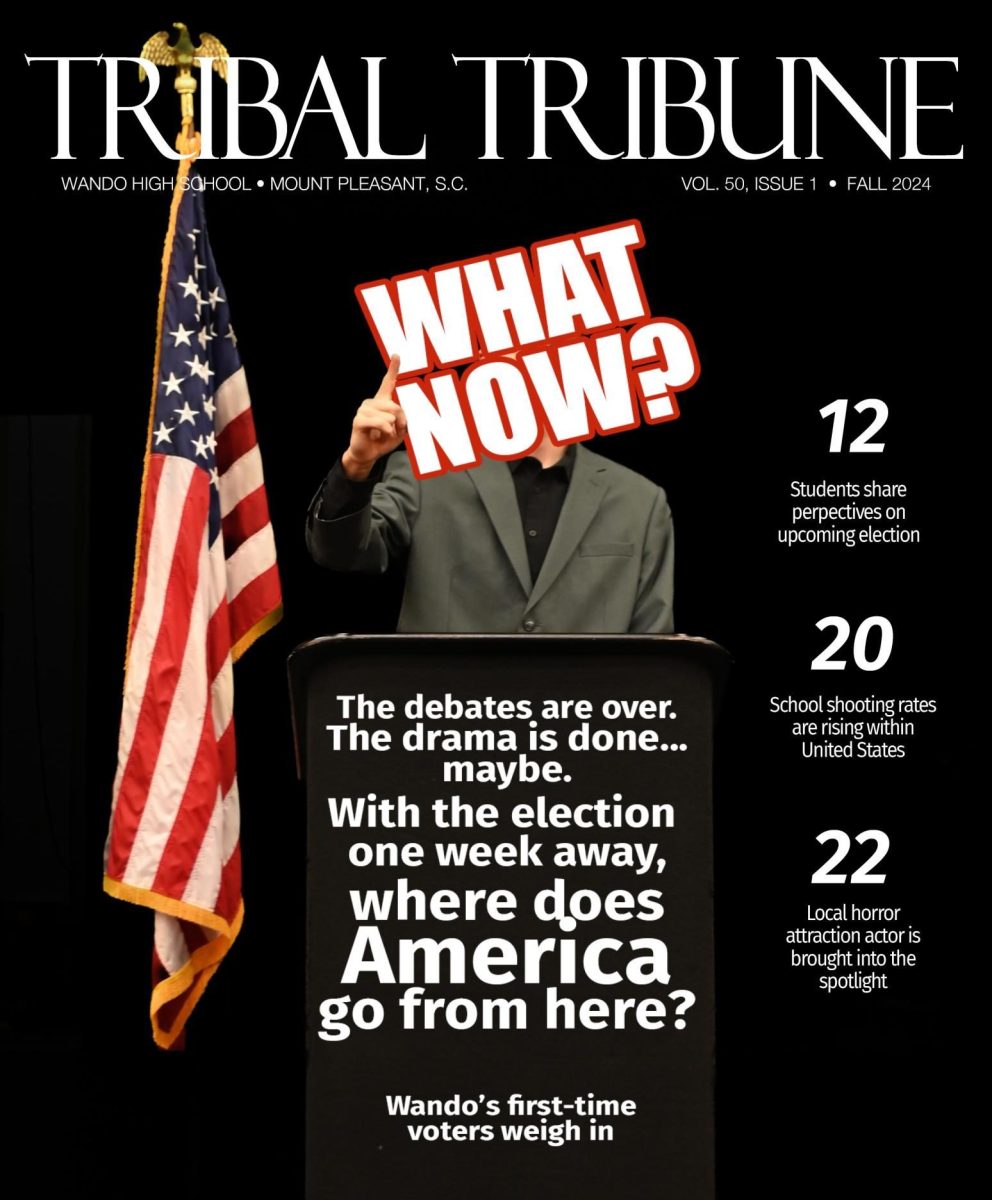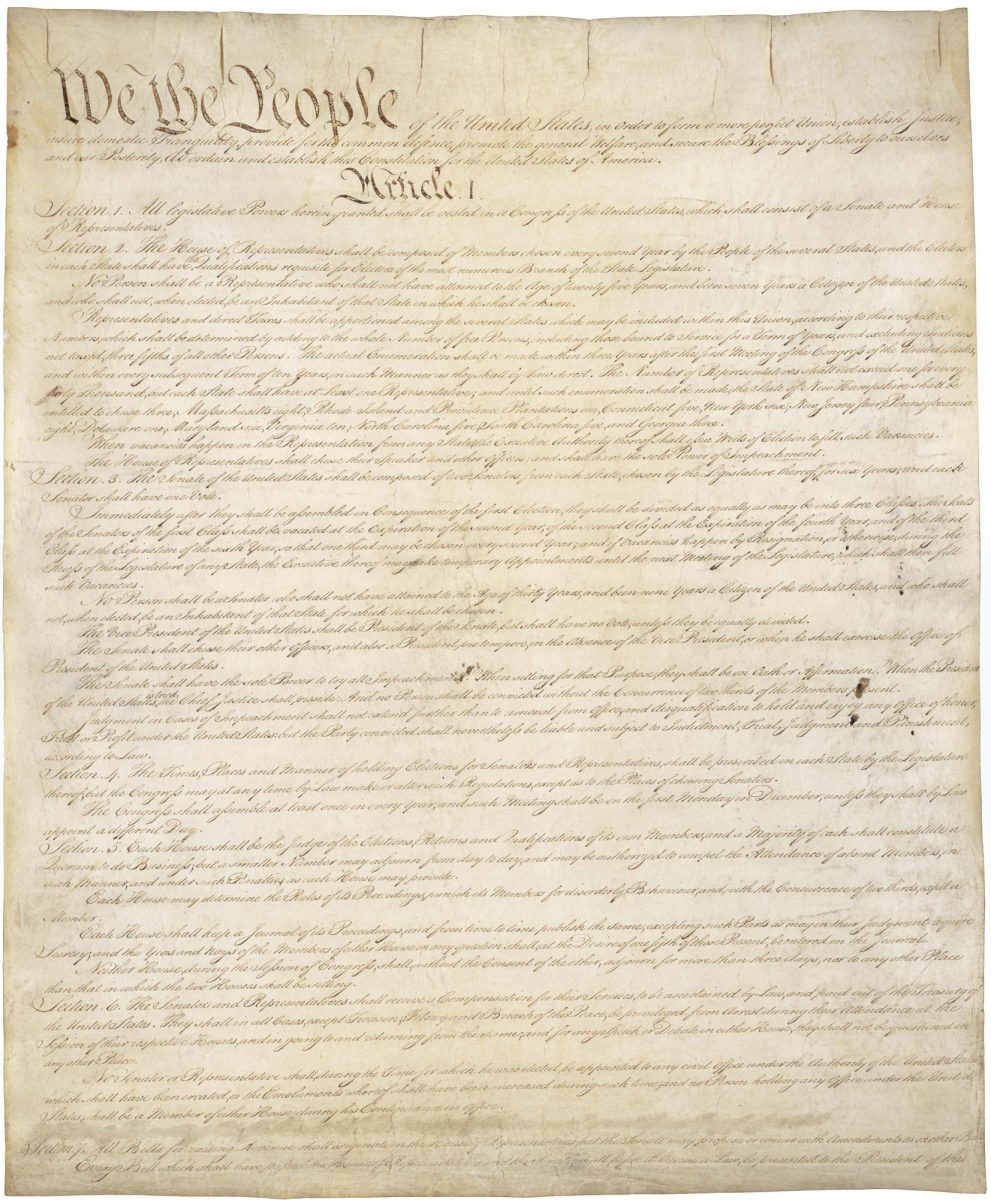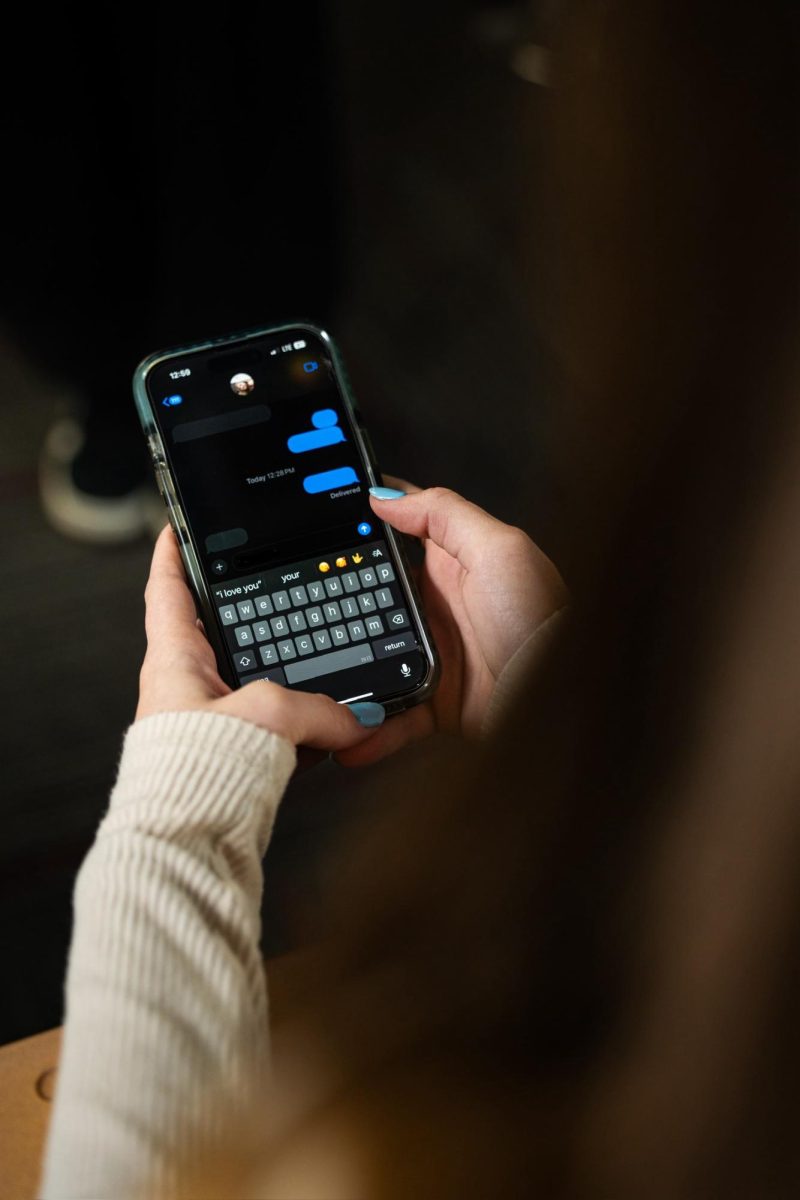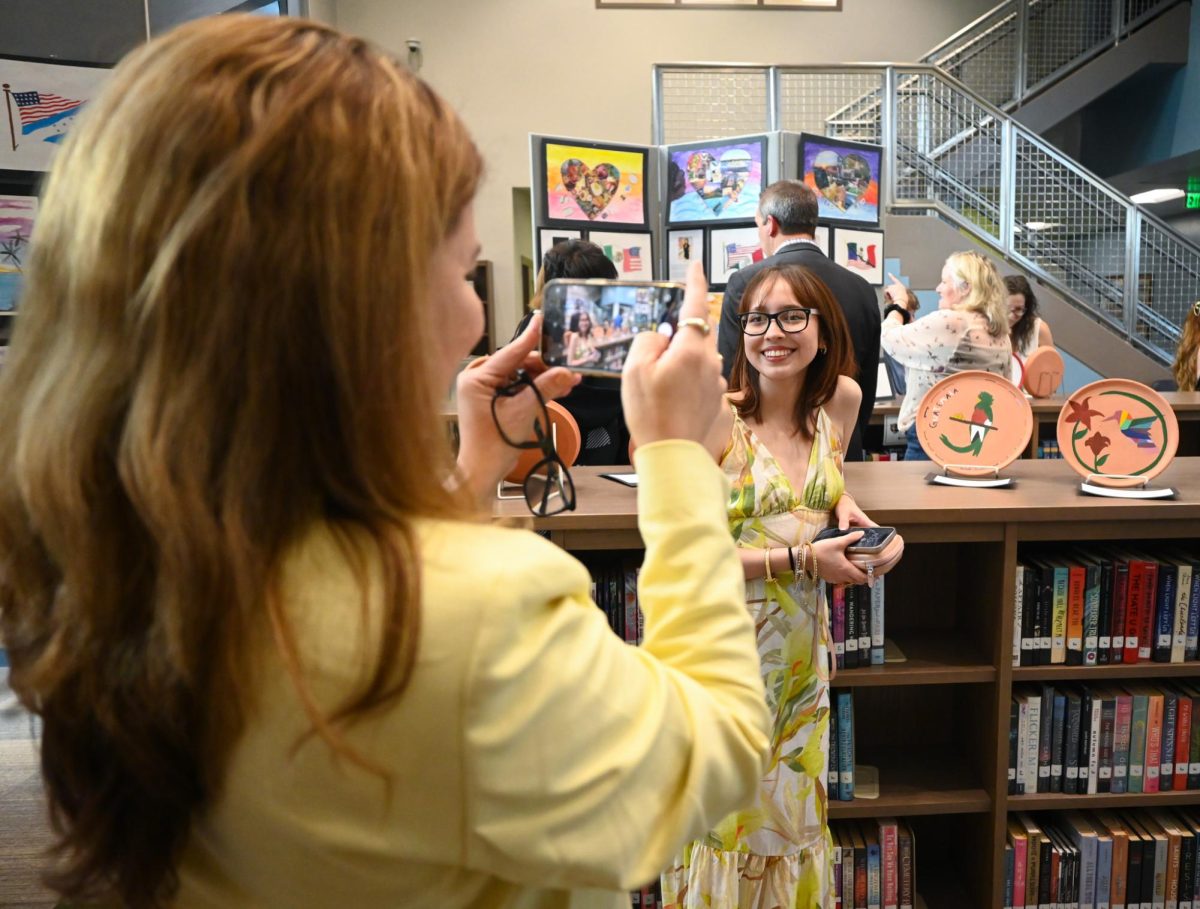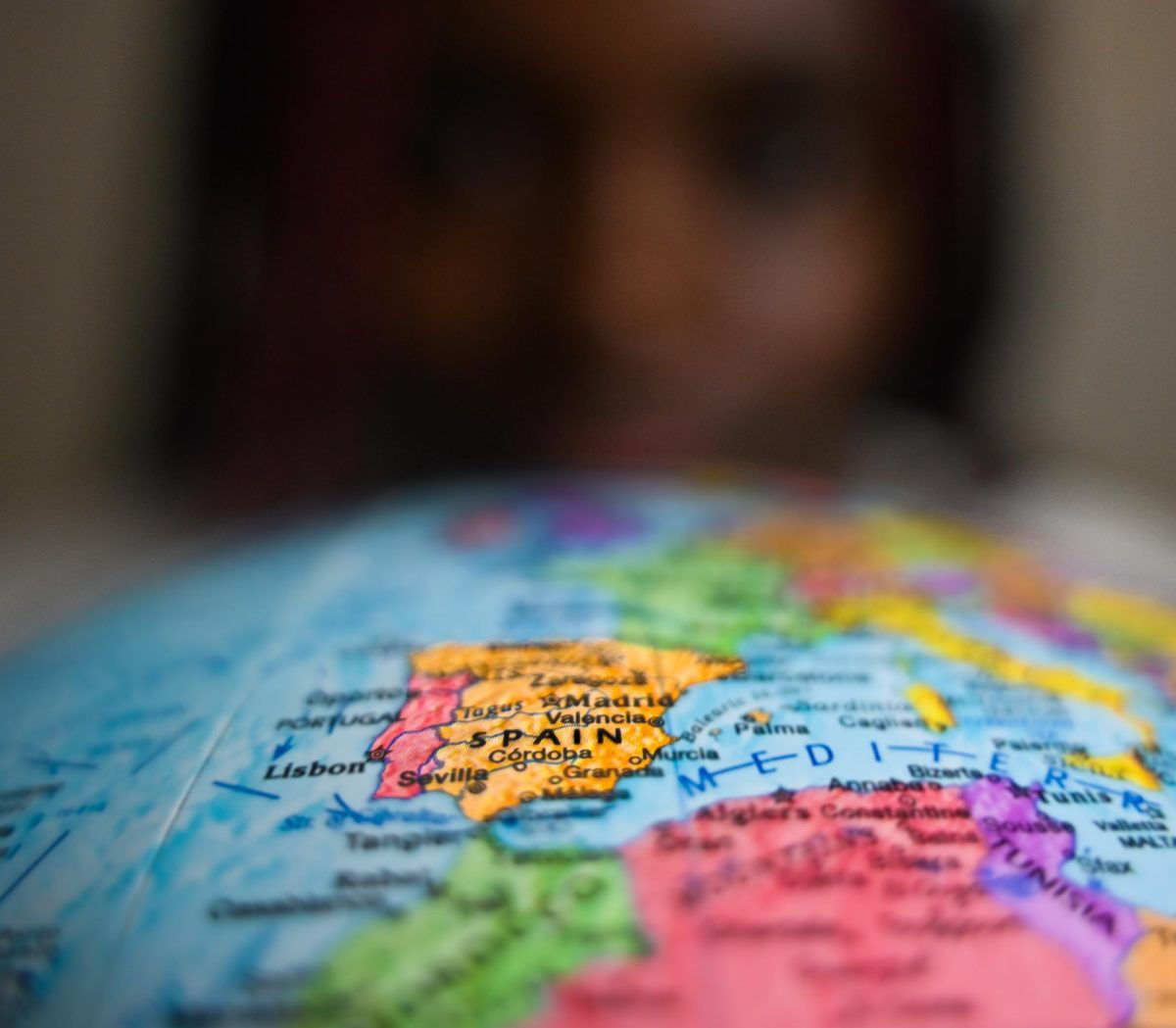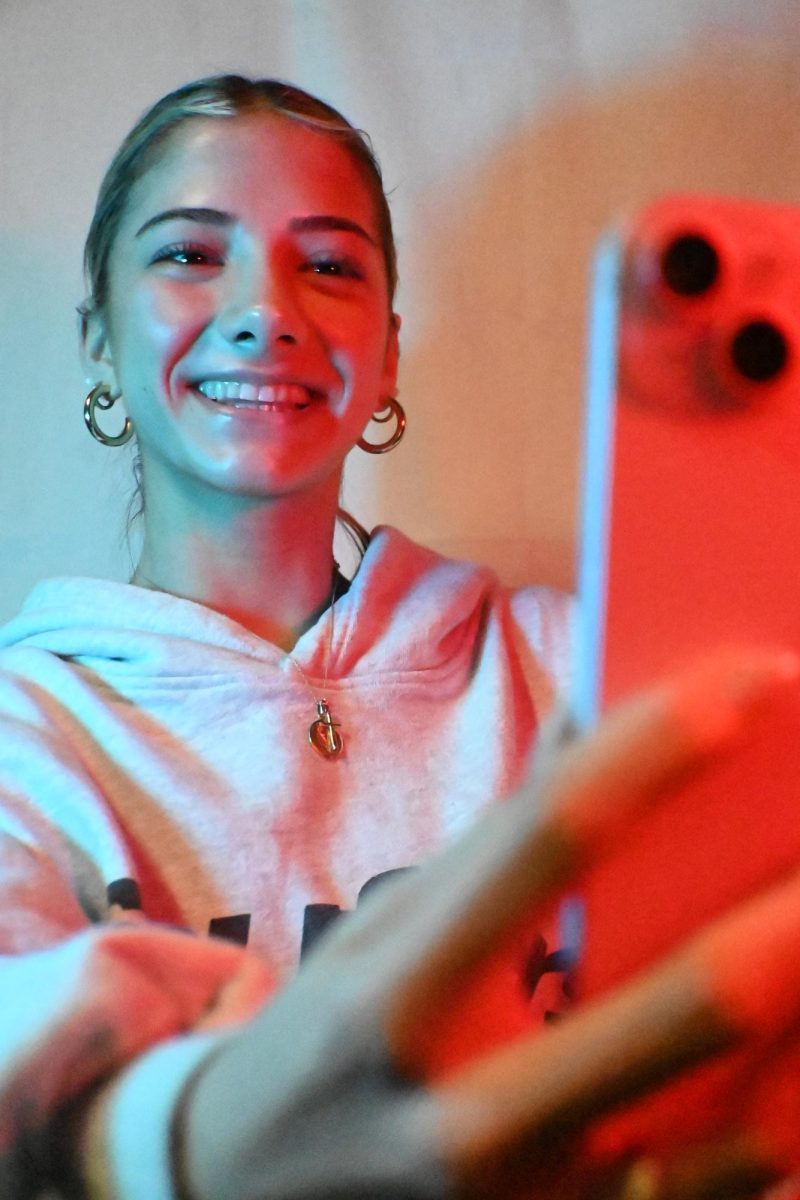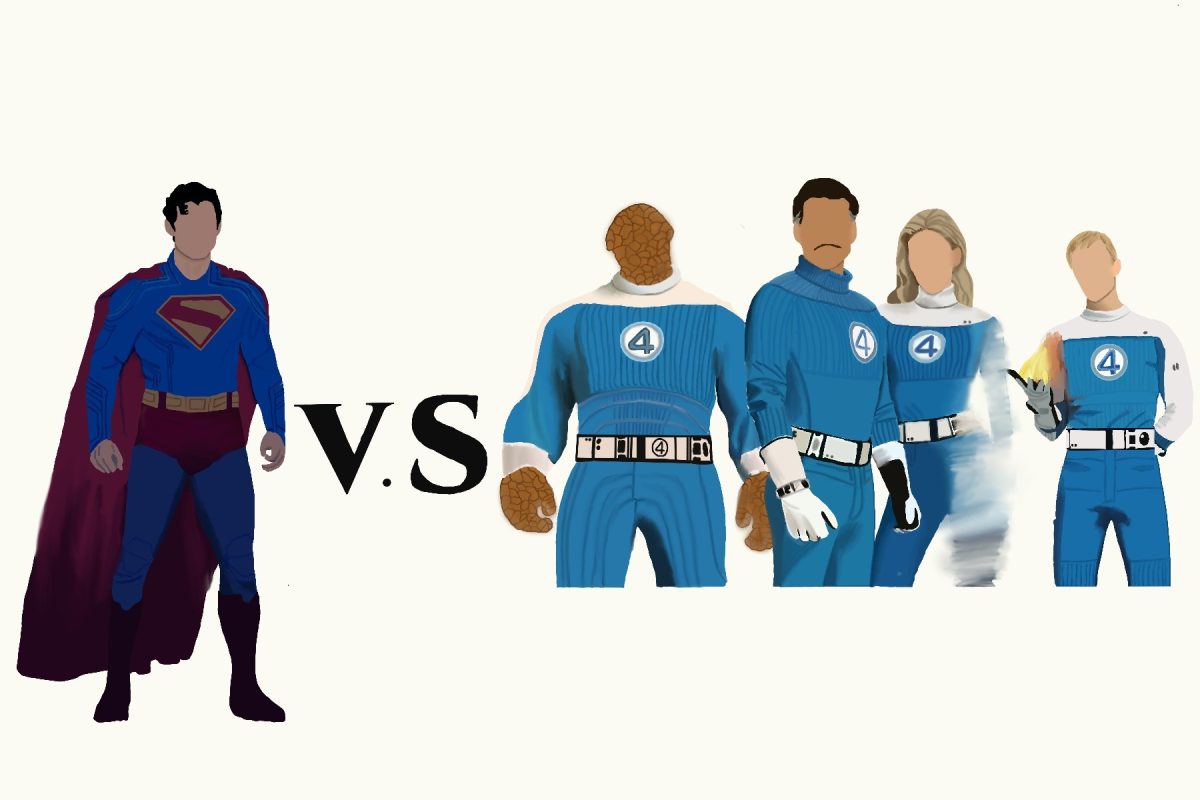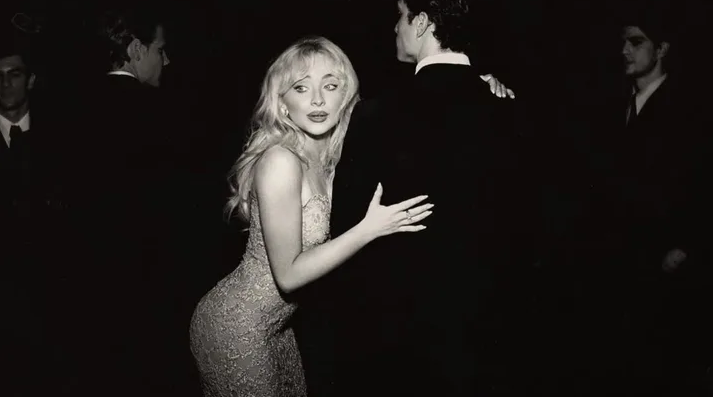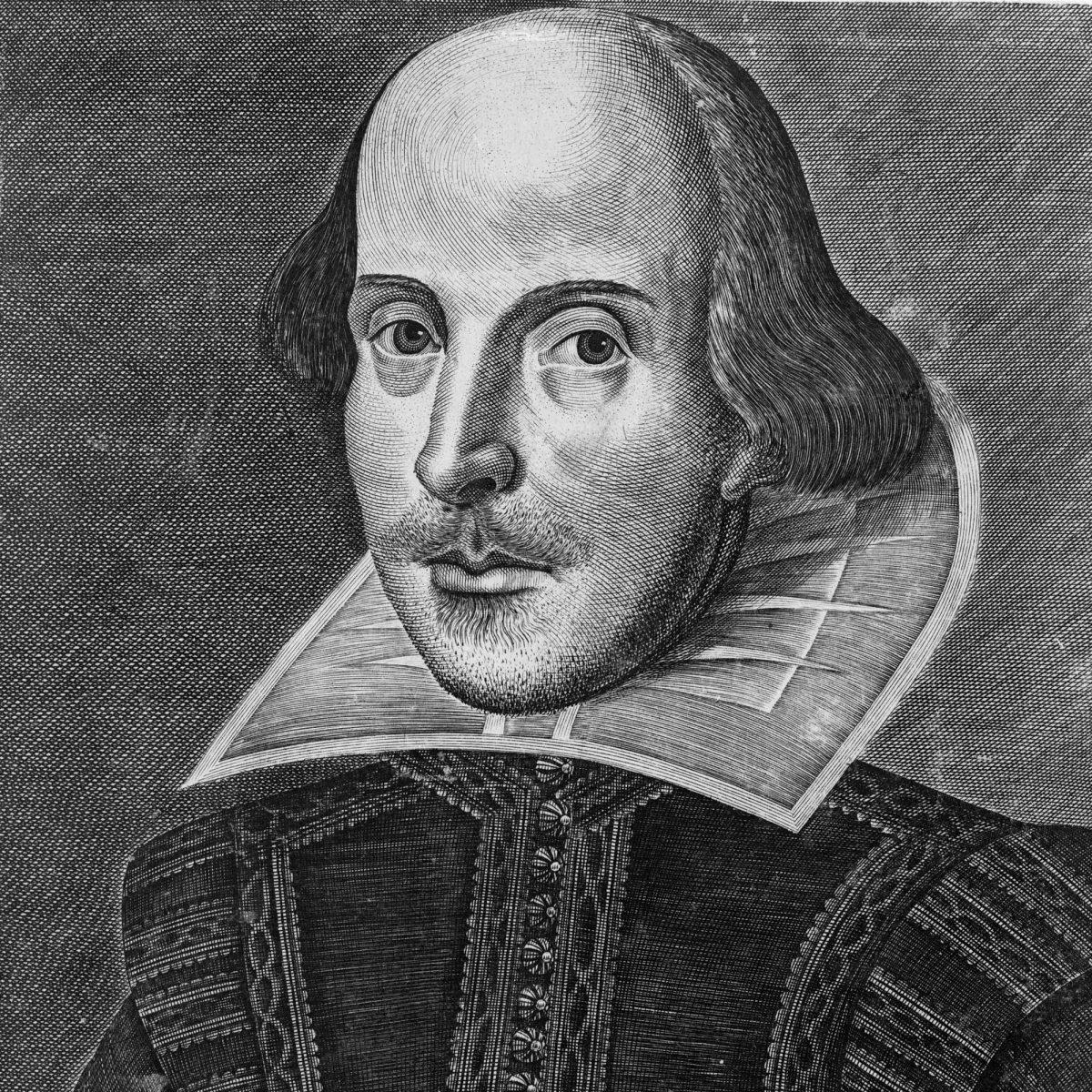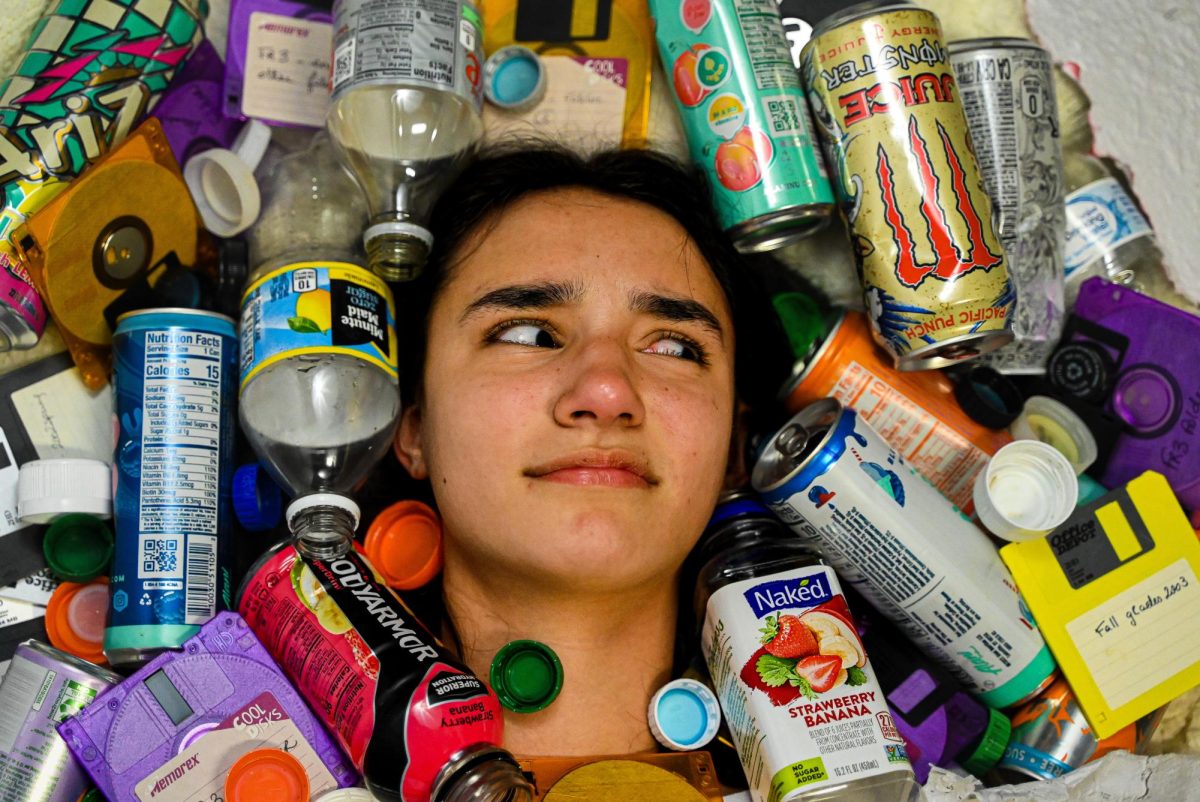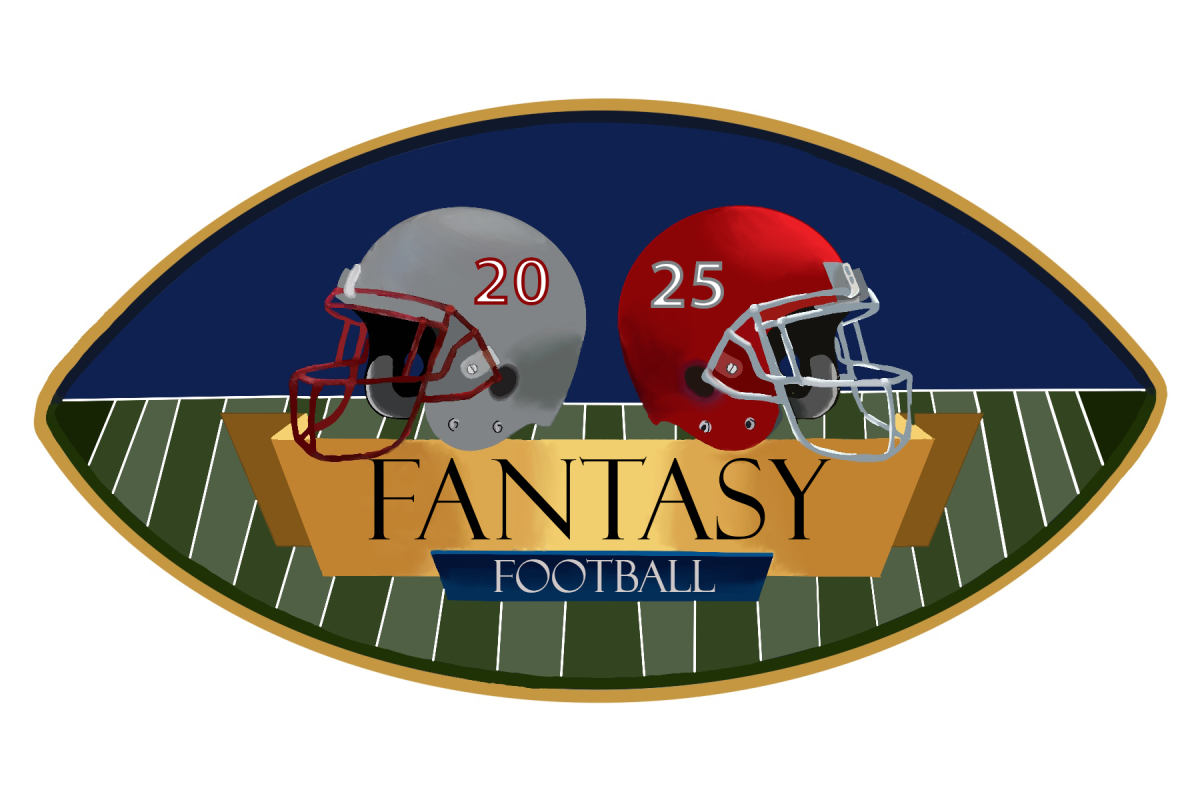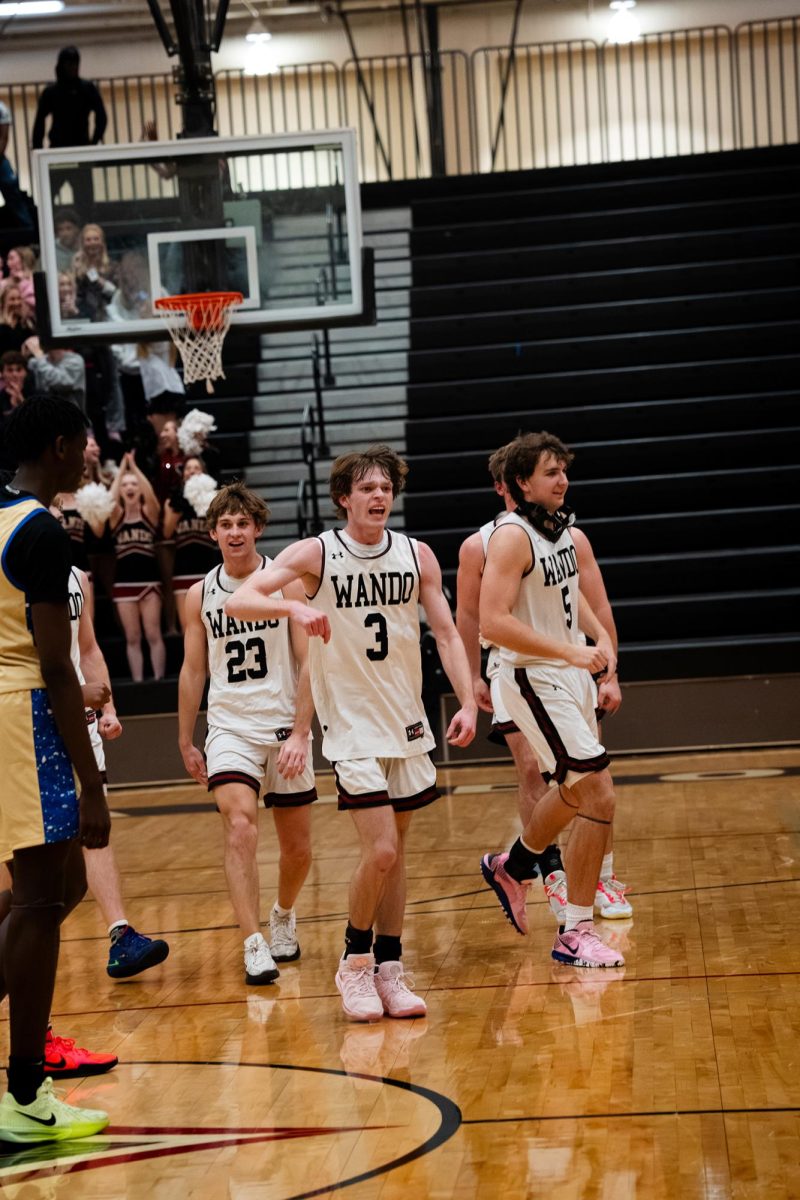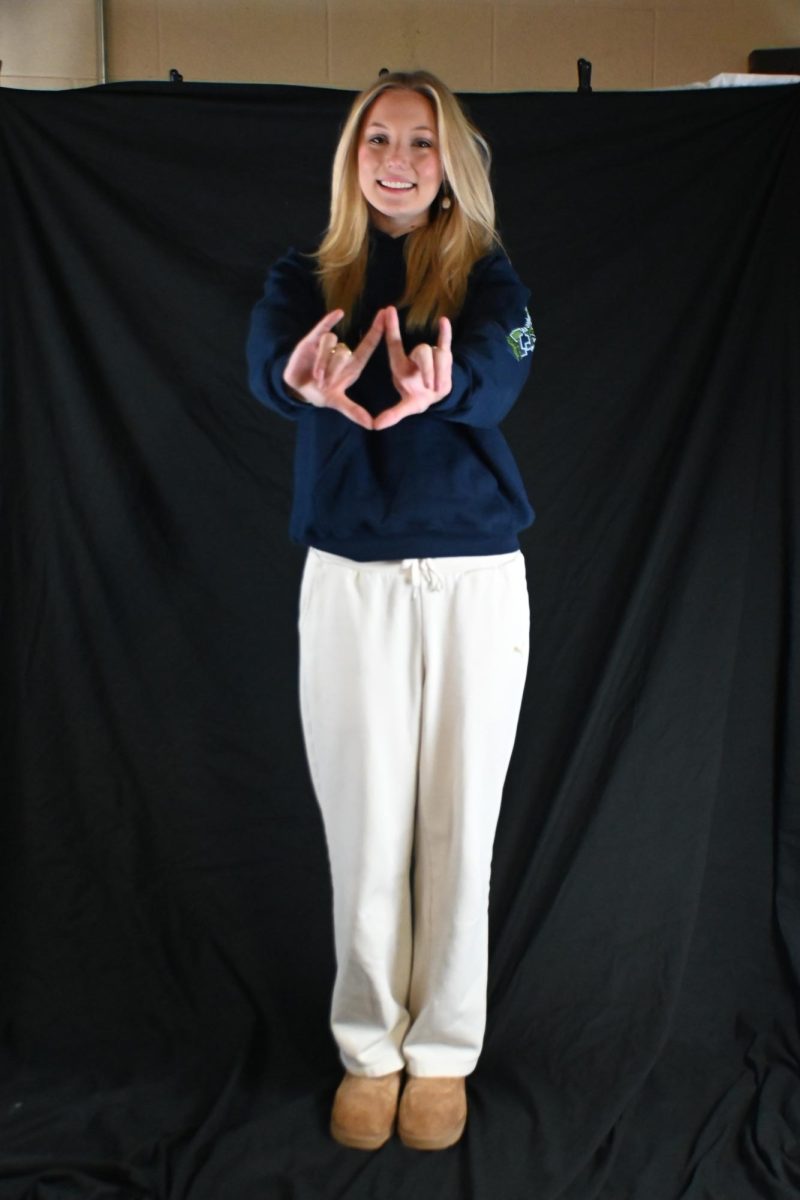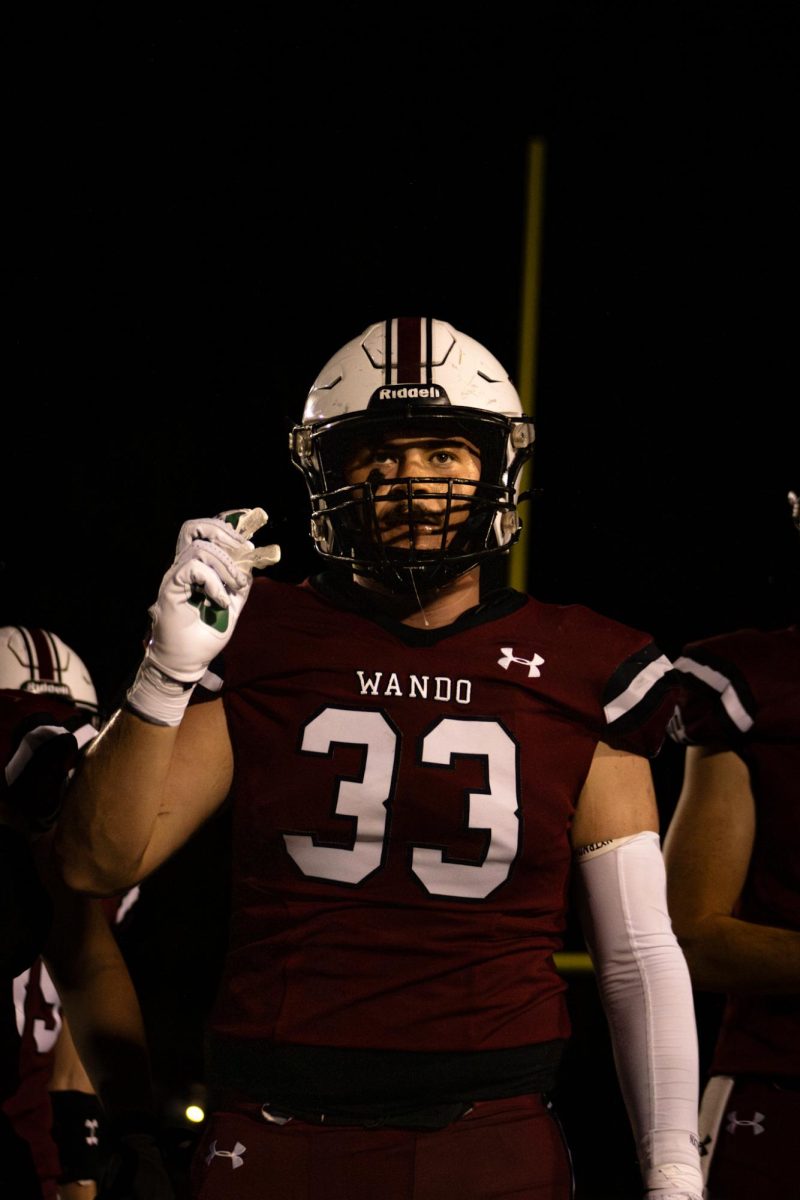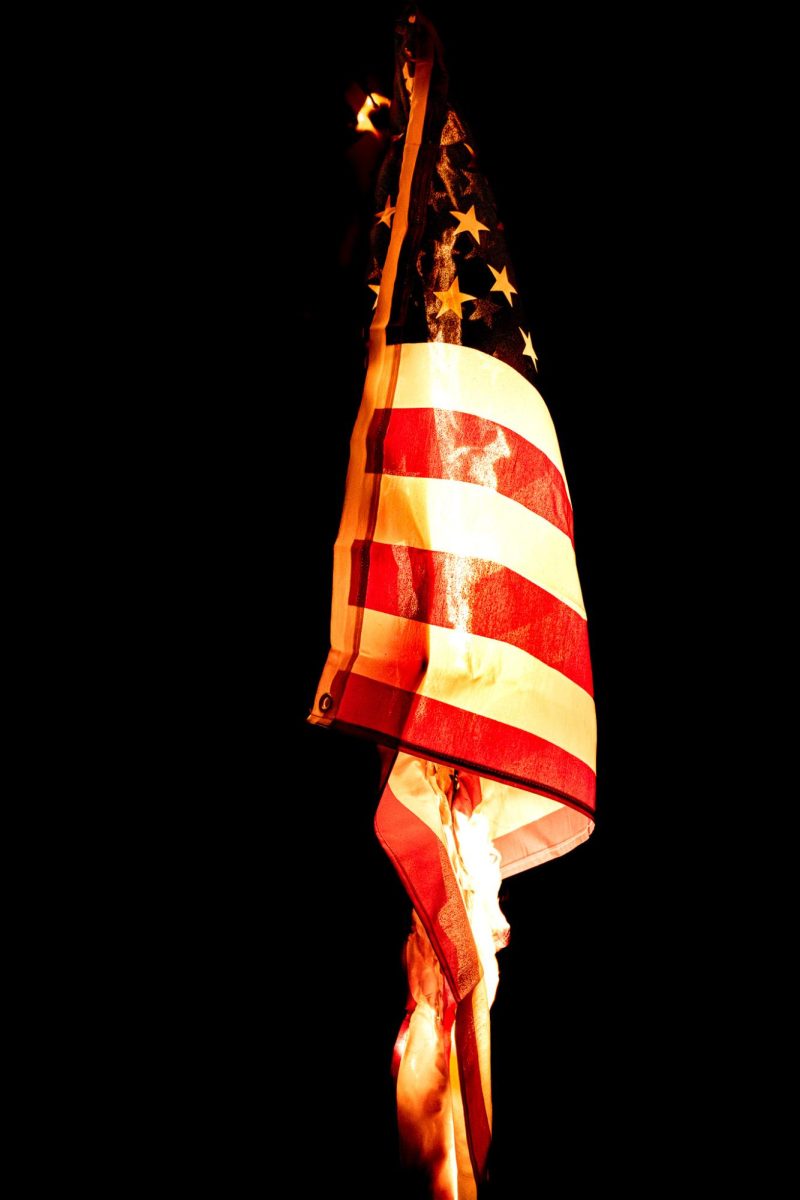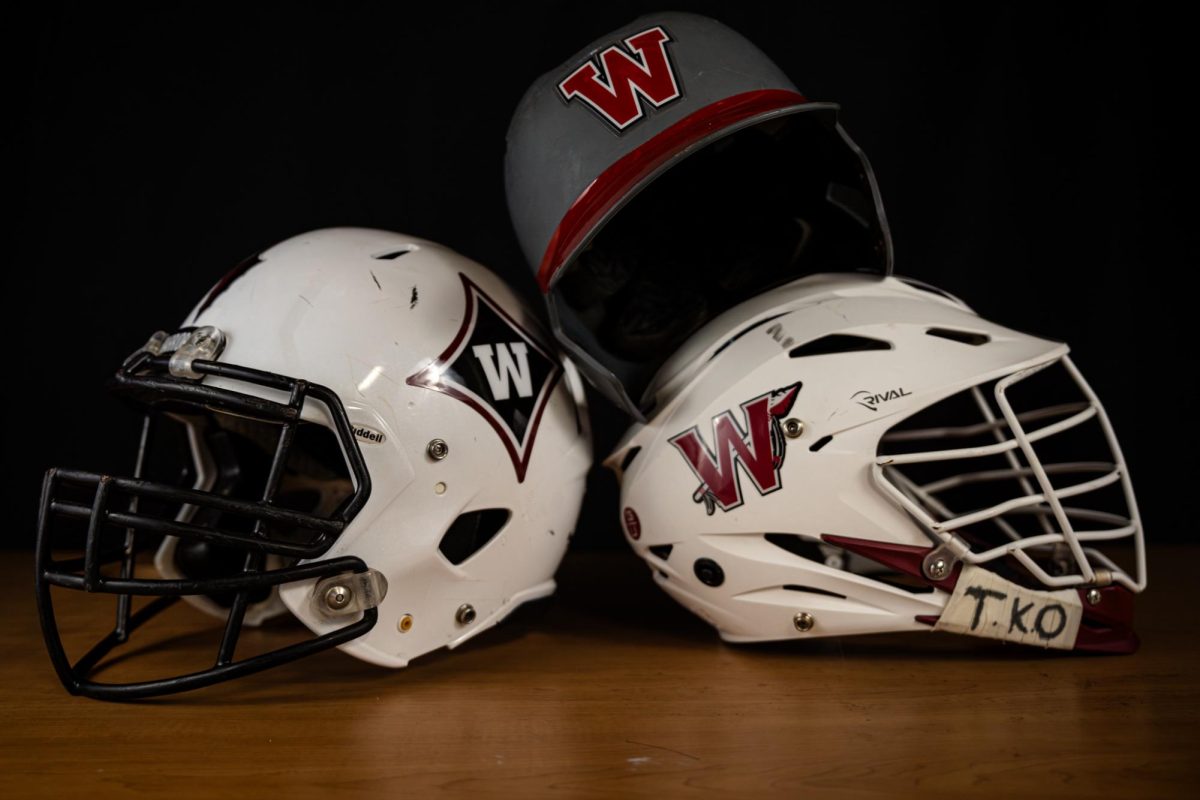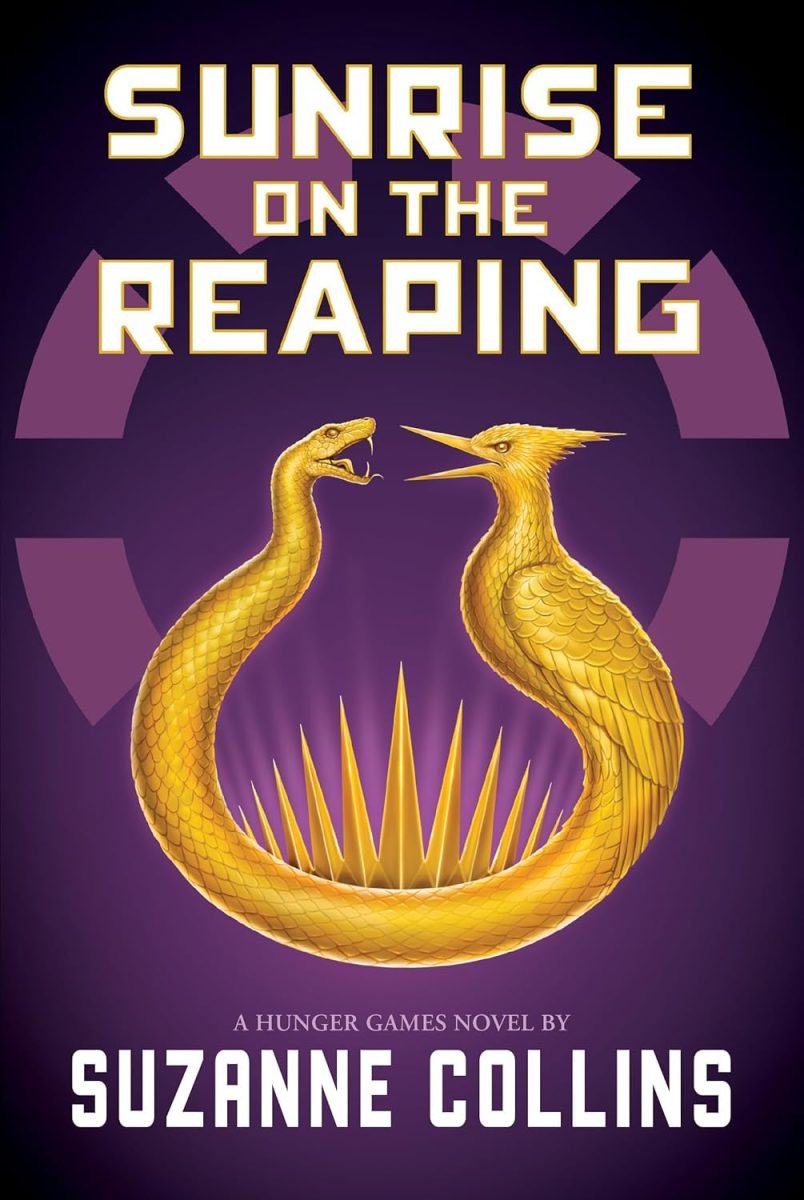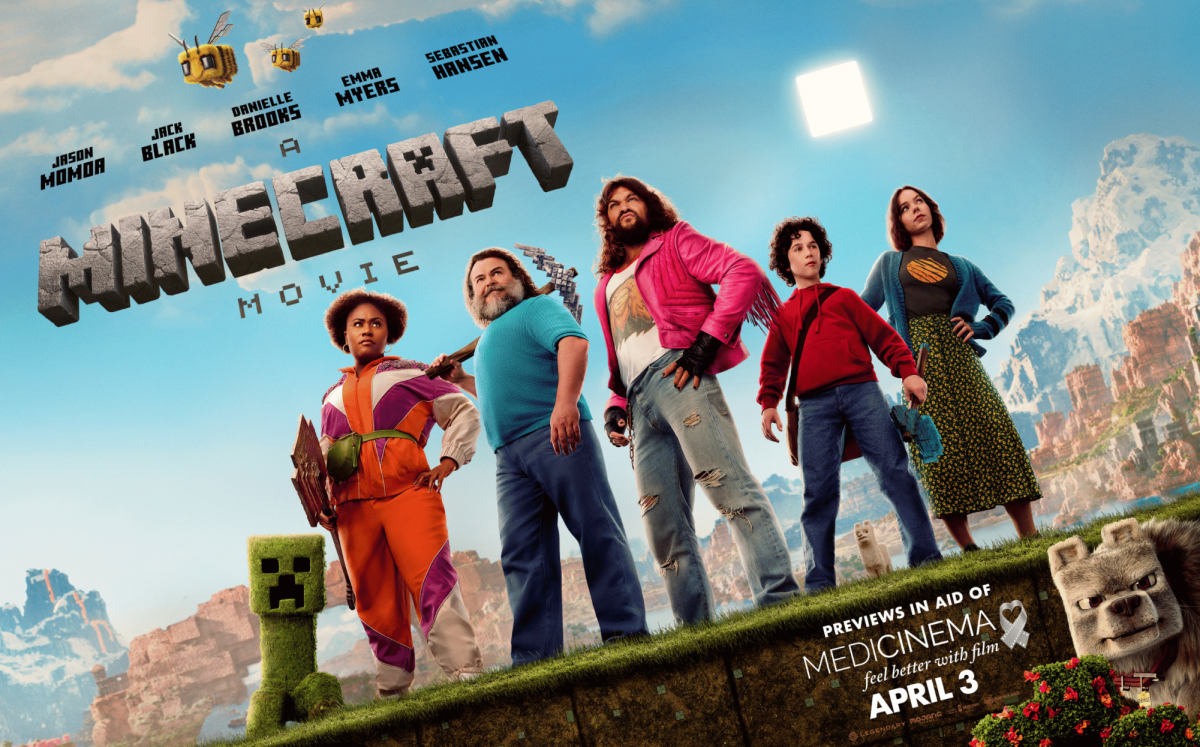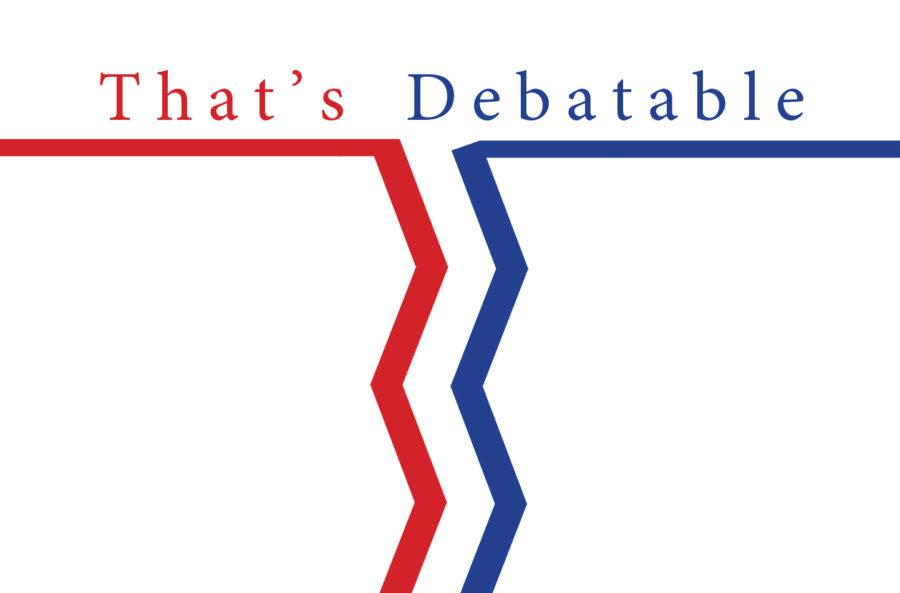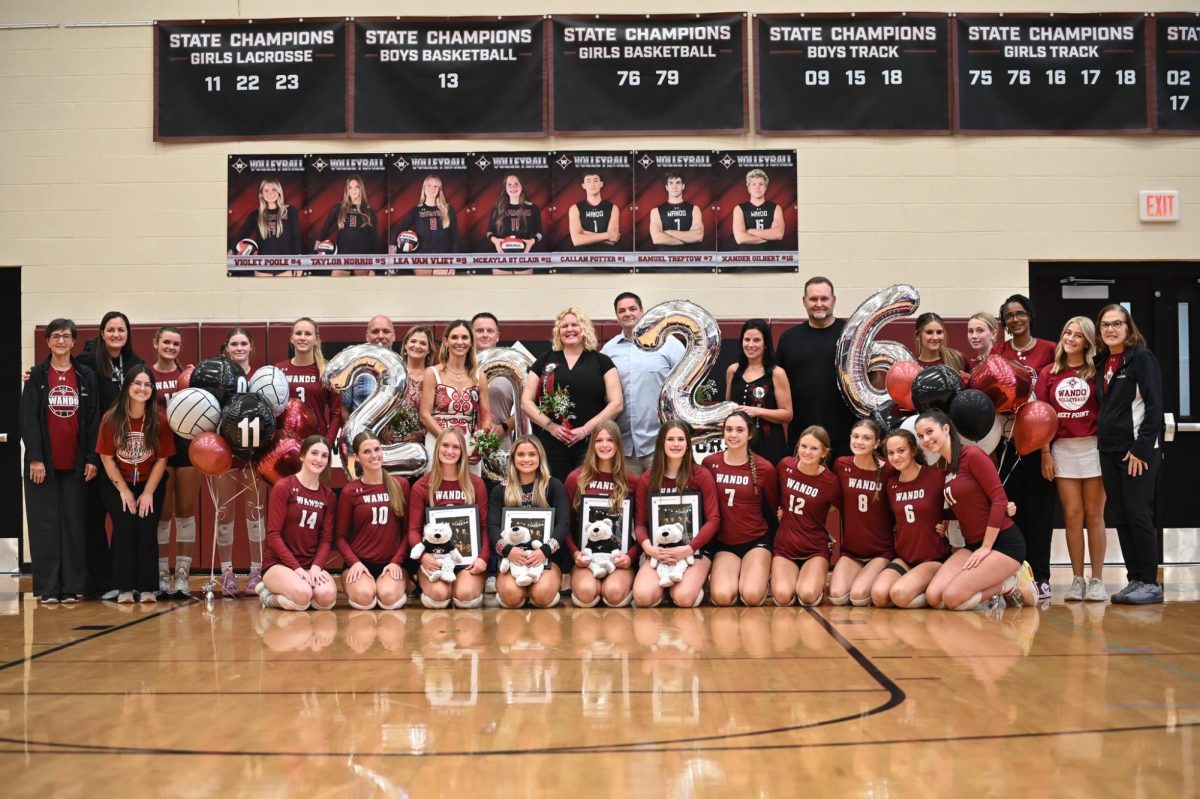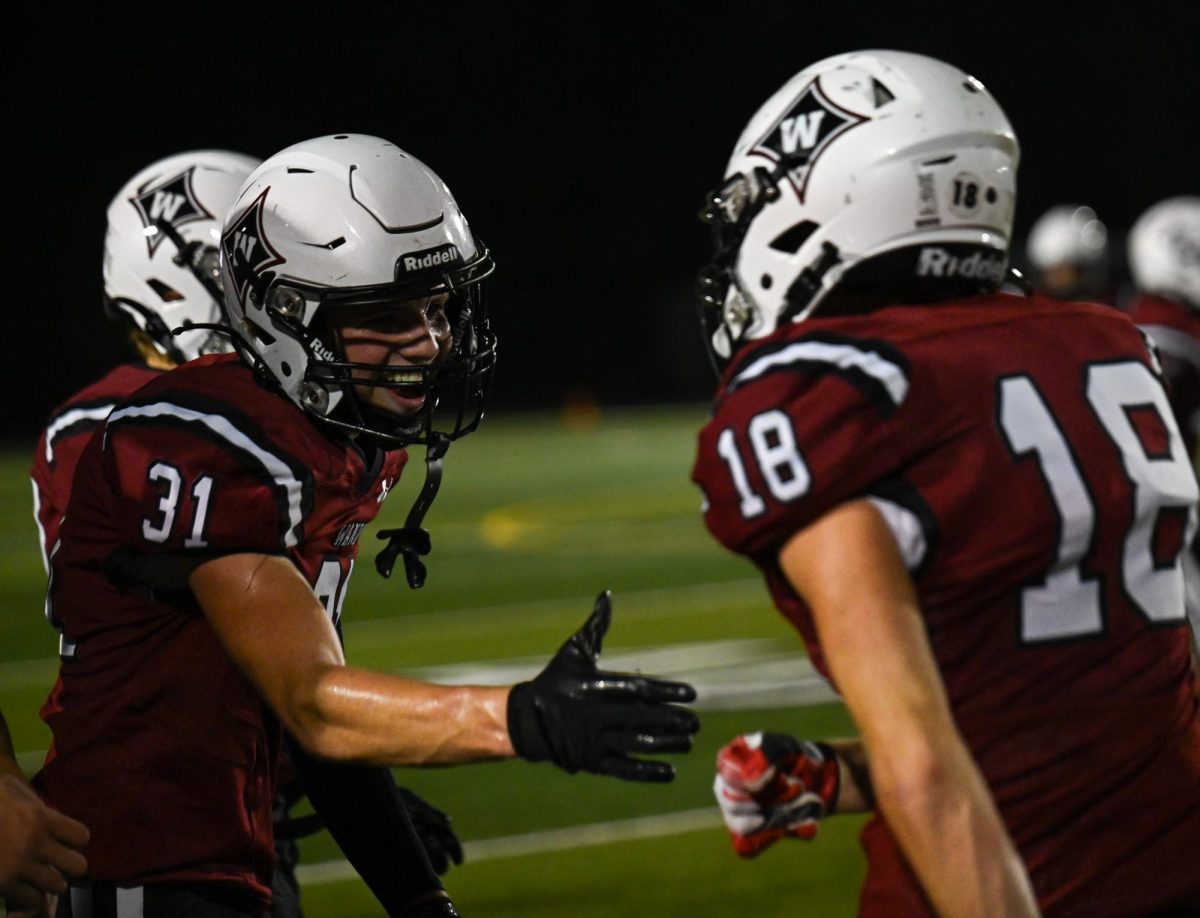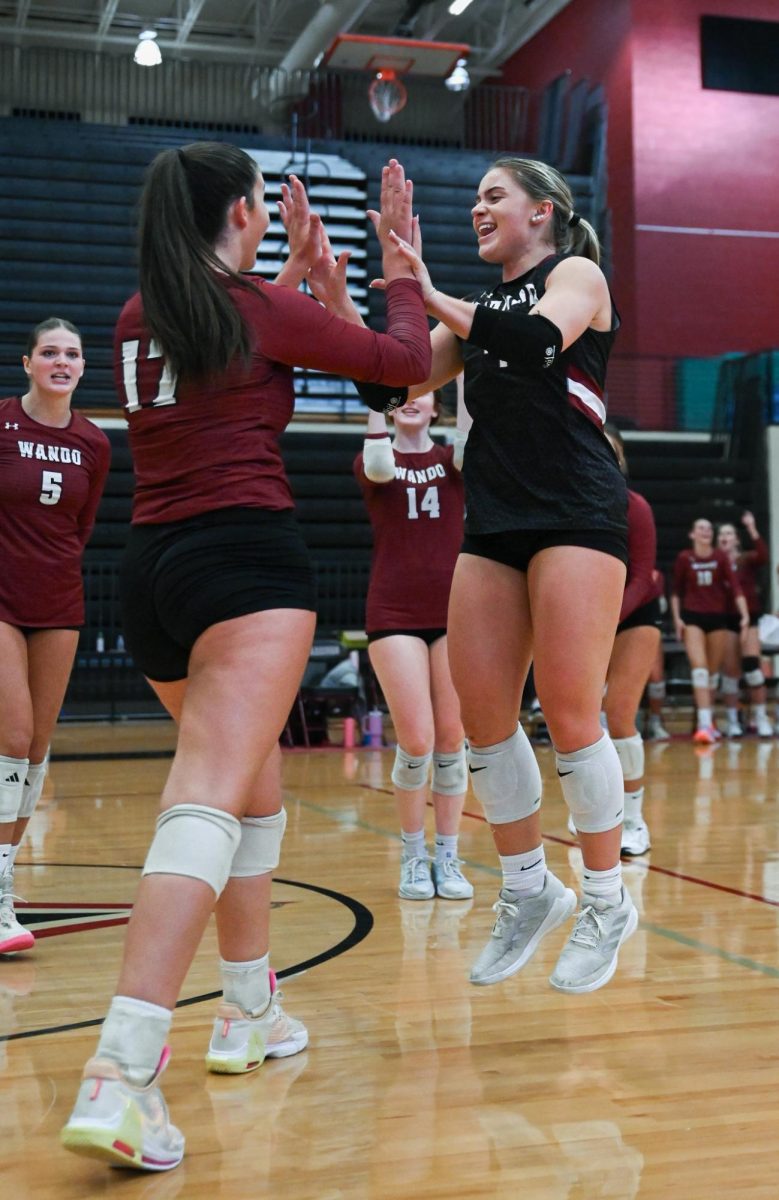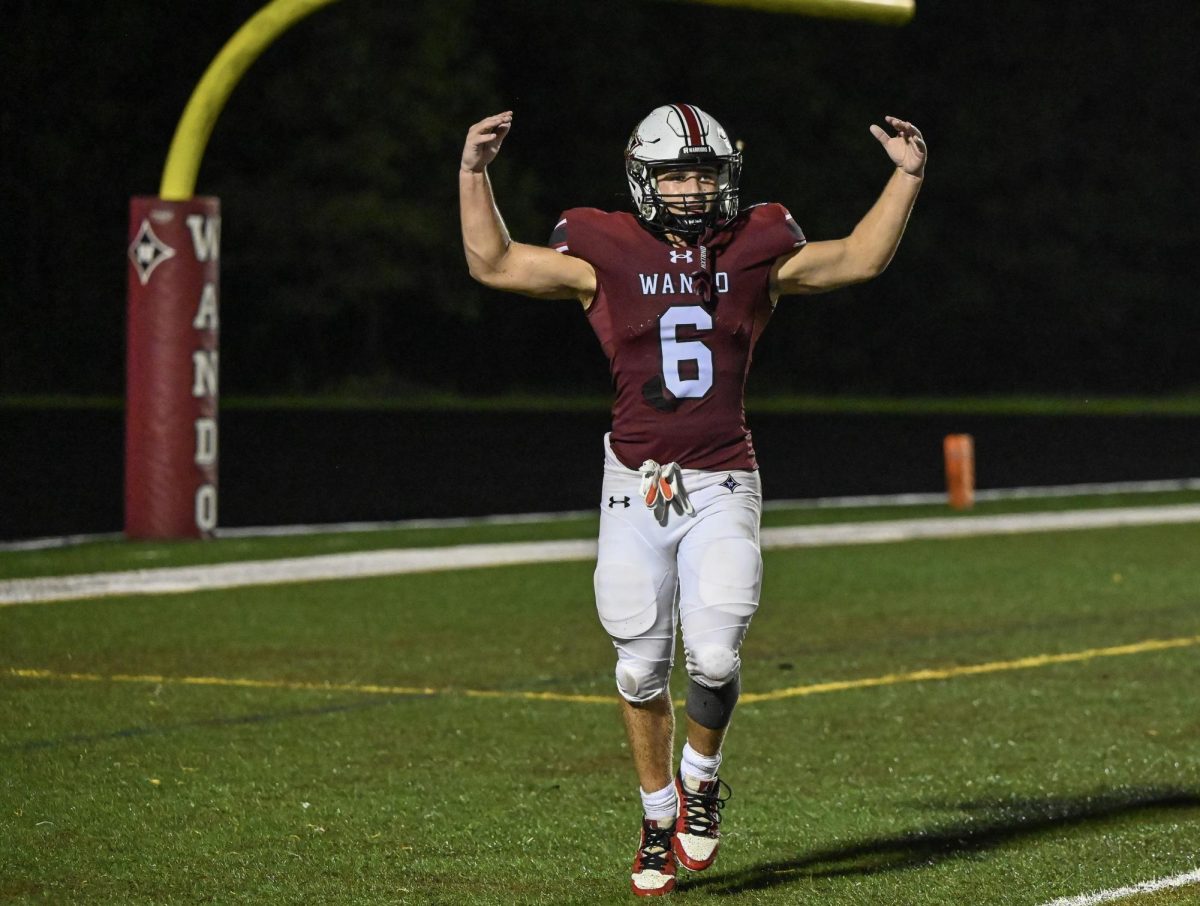Costume design: hidden meanings unvieled
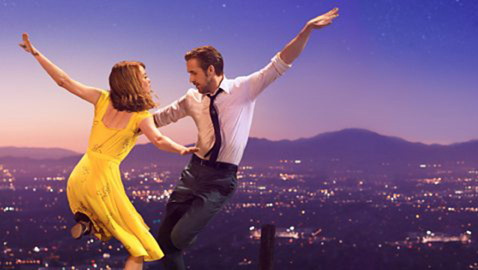
 In the grand over-analyzed scheme of things, costume design means everything in a film or TV show. In Gossip Girl, Blair Waldorf’s high class wardrobe is as over the top as her expectations for herself. In Edward Scissorhands, the contrast between the tacky pastel outfits worn by the neighbors and the dark gothic suit worn by Edward highlights the conformist traits of suburbia. There’s symbolism behind every costume in every movie, even if the costume doesn’t seem that complex, which is why it’s basically the coolest thing ever.
In the grand over-analyzed scheme of things, costume design means everything in a film or TV show. In Gossip Girl, Blair Waldorf’s high class wardrobe is as over the top as her expectations for herself. In Edward Scissorhands, the contrast between the tacky pastel outfits worn by the neighbors and the dark gothic suit worn by Edward highlights the conformist traits of suburbia. There’s symbolism behind every costume in every movie, even if the costume doesn’t seem that complex, which is why it’s basically the coolest thing ever.
I love costume design. It can be beautiful and aesthetically pleasing, like the historical accuracy and cheerful colors that represent wealth in the film Emma (2020). Or, it can be a bit grittier or gruesome, like Adelaide’s light t-shirt and cardigan gradually becoming more blood stained to represent the destruction of light in the film Us (2019). It can also be extremely simple; a change in a character’s pair of shoes can give away the theme of the whole project. For example, in the 2016 film La La Land, Mia wears tap shoes for the duration of her and Sebastian’s relationship, only wearing heels before they meet and after they part, showing the very important aspect of sacrifices in a relationship throughout the film.
One of my favorite films in terms of aesthetically pleasing costume design is Alice in Wonderland (2010). The White Queen’s light and whimsical gowns and castle represent goodness and purity, perfectly contrasting with the Queen of Hearts red color scheme, representing her resentment towards the White Queen, as well as the bloodshed that comes from inside her castle.
Alice’s mainly light blue wardrobe (besides from when the two Queens dress her in their own color schemes) represents her internal balance between the good and evil sides of Wonderland. Alice’s light ocean-blue dress that we first see her in also represents her love for adventure, and alludes to her eventually becoming an explorer. The elegance yet intenseness of the costumes in this film are so captivating, from the gloves to the crowns and the hair styling, I would easily sell my kidney for any of these outfits.
In terms of darker costume design, Dune (2021) is one of my favorites. The ominous darkness of the Bene Gesserit sisterhood’s veils and robes represents the mysterious aspect of the Reverend Mother and her sisters, as well as emphasizes the unknown past of Lady Jessica, having been a member of the sisterhood.
The dark and bulky bug-like battle suits of the Harkonnens portrays the infectious nature of the house, having completely invaded the planet Arrakis by the end of the film. While there is a lot of darkness in the costume design of this film, the gorgeous medieval-inspired elegance of Lady Jessica’s outfits help to represent her power and high social status. Her common use of veils or head coverings also alludes to her hidden past as a member of the Bene Gesserit.
When it comes to simple but significant wardrobe design, No Country for Old Men (2007) is a great example. The movie is set in 1980’s Texas, and does a great job of setting the scene with the character’s looks. The movie’s main protagonist, Llewelyn, is always wearing lightly colored shirts, representing his role as the so-called “good guy” (although no character in this movie is exactly an angel). His blue shirt that he wears for the majority of the movie represents his peacefulness, which is slowly taken away as the movie goes on and the shirt gets dirtier and bloodier.
The protagonist of this film, Anton Chigurh, is always seen wearing dark colors such as black and dark red. This more obviously represents the pure evil element to this character as the audience learns just how blood thirsty this character is throughout the film. Anton’s very childish extreme 80’s style bowl cut also highlights the character’s separation from reality, as well as his constant destruction of innocence.
Symbolism behind costume design can mean so many things. Whether it’s about historical accuracy, character development, or the overall theme of the project, it can ultimately make or break the greatness of a film or tv show, at least to me. So next time you watch literally anything, try to decode the wardrobe. Our english teachers have lectured us on how to do that about a million times, so you should know how to by now.



